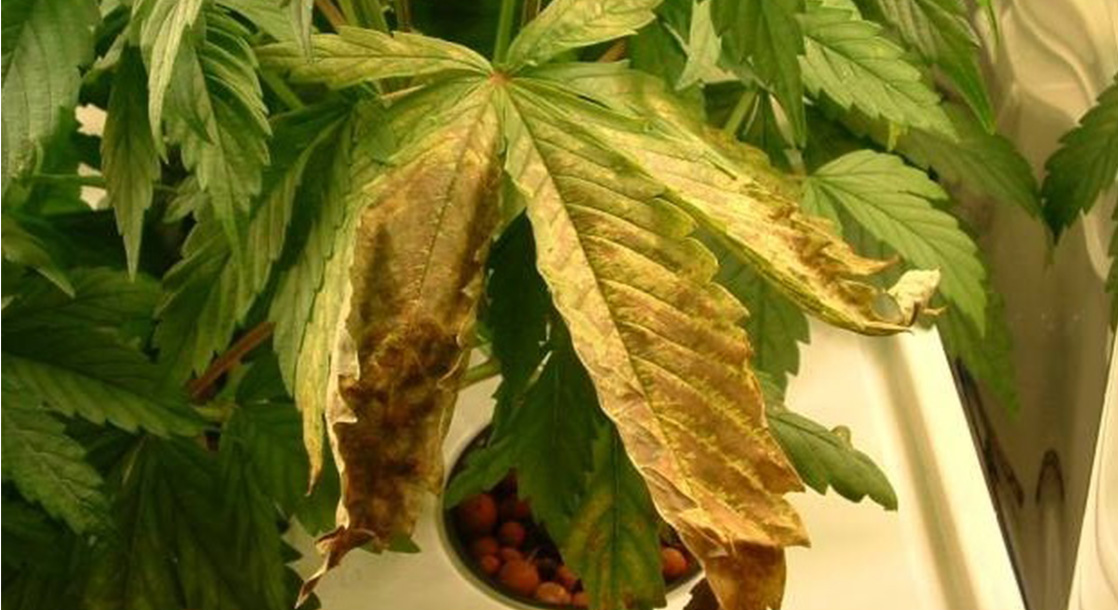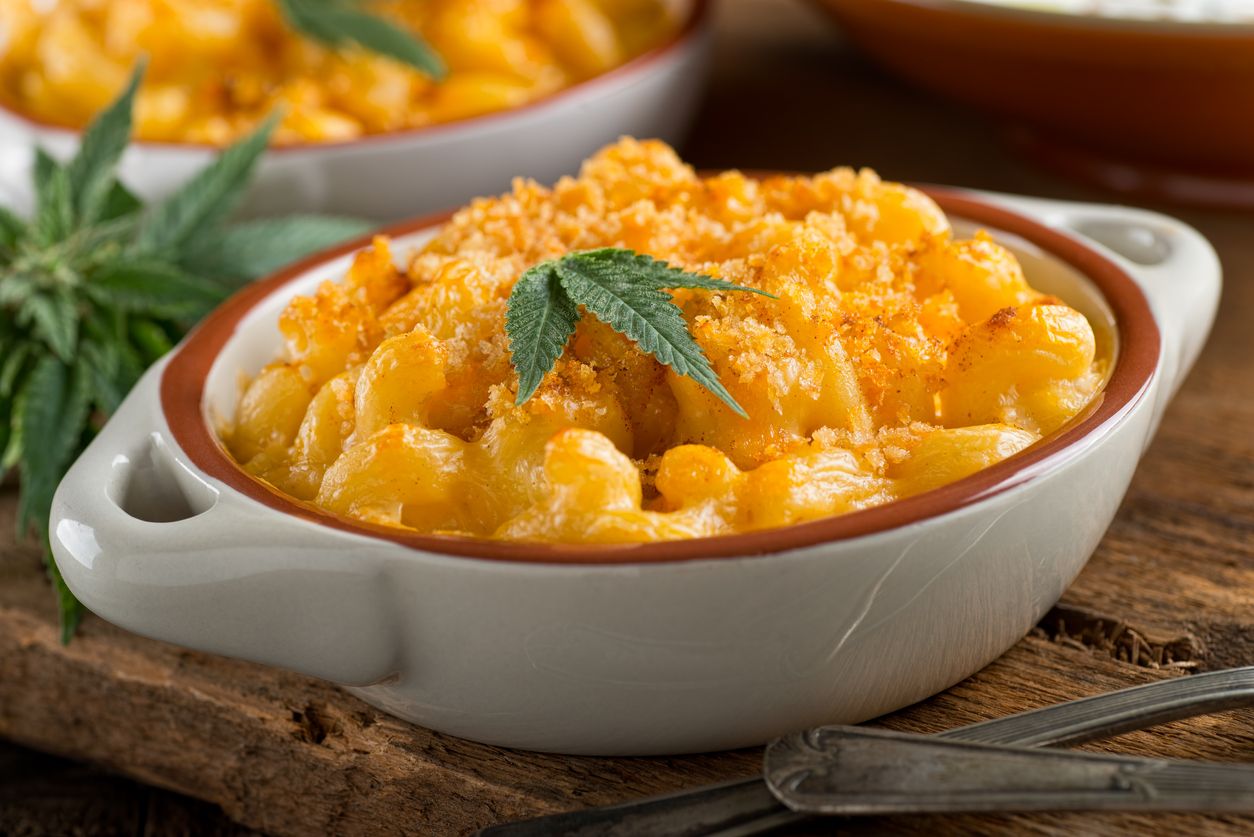Lead image from Flickr Creative Commons. All other images by the author.
One need not spend much time in the cannabis culture before encountering a philosophy of “pot is easy to grow.” In reality, poor or mediocre cannabis can be cultivated with minimal effort. But a top-shelf example of the herbal art—the type of herb that shrinks cancer tumors or makes seasoned users take notice—is decidedly more difficult to produce.
Quality cannabis starts with good seeds and healthy, robust seedlings. A seedling’s primary job is to establish a solid root system to support the plant during vegetative growth and the all-important flowering stage, when medicine-bearing resin is actually produced within the flowers of the plant.
Ensuring the health of a cannabis seedling means creating an environment that prevents the onset of disease. Many of the diseases that commonly afflict cannabis seedlings are fungal in nature. Smart pot gardeners strive to understand as much as possible about the diseases that can so easily kill their delicate newborn plants, but the average cannabis enthusiast should be aware of these ailments, too. Below, we’ve highlighted a variety of diseases that afflict cannabis plants, as well as best practice methods that will help your bud healthy and thriving.

Identifying Viable Seeds
Before worrying about diseases such as fungi and algae, a gardener must be able to identify healthy seeds and germinate them. Viable seeds (or “beans”) are plump, round, hard, and brown (not green), often with white streaks or patches. Larger seeds are typically the healthiest and most likely to germinate into hardy plants.
White and green seeds indicate immature specimens that should be discarded. Surprisingly, good seeds that have been in storage for years are often fully viable. As a rule of thumb, however, the likelihood of a cannabis seed’s germination decreases with the passage of time.
Disease & Environmental Threats
Part of the challenge of sustaining and nurturing a pot seedling from its minute genesis to its glorious trichome-powdered flowery finish at harvest is disease, in general, as well as the environmental threats that commonly lead to such plant ailments. Dealing with disease separates the pros from the amateurs in the world of cannabis gardening. Many master cannabis cultivators consider plant diseases to be a game of prevention in which gardeners must carefully avoid the environmental deficiencies and excesses that commonly lead to the emergence of a disease.
When a disease that strikes a cannabis seedling or plant during the vegetative (“veg”) stage cannot be prevented via the maintenance of proper environmental conditions, it must be identified and dealt with in a timely manner. This is because most cannabis diseases spread quickly, especially in crowded gardens.
Pythium Wilt
Pythium wilt, also known as “damping off,” is a fungal condition that attacks seedlings and early stage vegetative plants at the soil line. Once weakened at their base, seedlings wilt and collapse. Pythium wilt can even attack seedling sprouts, retarding their ability to fully emerge from their shell.
Seedlings suffering from pythium wilt develop legions before dying. Typically, a plant that has wilted cannot be saved; afflicted plants are literally “beyond repair” by the time they are detected.
The cause of this common seedling disease is often an environment that is too wet and/or too humid. Lack of ventilation can also be a contributing factor and should be avoided in all garden environments and during all stages of growth.
Downy Mildew
Downy mildew is an especially frightening threat for cannabis cultivators because of the speed with which it can spread from one to many—or even all—plants in a garden. This is especially true if the plants are densely grouped.
The primary environmental conditions that determine a garden’s vulnerability to downy mildew are temperature and humidity; it develops when grows dip below 76 degrees F (26 degrees C) and above 50 percent humidity. The best way to prevent this plant killer is obviously to keep temps above 76 F, the humidity below 50 percent, and not to crowd them (which delivers the additional benefit of giving individual plants more light, helping increase yields).
This disease affects not only seedlings and vegetative stage plants, but also those in the final flowering stage. Downy mildew makes itself evident via pale, sometimes yellowish areas on the tops of leaves. The undersides of these spots will appear grey.
Powdery Mildew
Powdery mildew, also called white powdery mildew, is one of the most common types of disease to attack all stages of cannabis plants, including seedlings. The first sign of its presence are small spots on the tops of leaves. The problem: The appearance of these spots signals an infection that occurred at least a week prior.
As this disease advances, the growth of the plant slows significantly and its leaves become yellow or brown. Conditions that make plants most susceptible to powdery mildew are dry roots and damp, moist foliage.
Ways to prevent powdery mildew from occurring in a garden include good lighting and ventilation and the avoidance of high humidity levels. It’s important that air circulates throughout the branches of the plant. Poor ventilation is one of the biggest sins of newbie pot cultivators, often leading to problems like powdery mildew.

Root Rot
Healthy cannabis roots are bright white. Root rot, which can be caused by bacteria, fungi, or parasitic oomycetes, becomes apparent because it turns the roots a dingy light brown. As the disease progresses, the roots become a darker shade of brown and are increasingly slimy, overall plant growth slows or halts, and leaves wilt. Severe root rot will turn even the main stem of a pot plant brown.
Root rot is caused by conditions in which roots exist in soggy soil and are deprived of oxygen, such as in stagnant water or environments in which the grow medium doesn’t drain and at least partially dry between waterings. The presence of fungus gnats in a garden is also bad because they can damage the fine hairs of the roots, which encourages rot.
Strategies to prevent root rot include sterile grow mediums, sufficient nutrient levels, a balanced pH (acidity) level, and, of course, oxygenated water that does not become stagnant.
Algae
Algae is most common in hydroponic systems. The problem: Cannabis roots and algae both love the nutrient-rich water solutions found in hydroponic environments. Unfortunately, algae, which thrives on the roots, will consume nutrients from the water and deprive the plant from absorbing them. This obviously leads the plant to become undernourished and is especially harmful in seedlings, a stage when it is critical to develop a healthy root system on which the plant will depend in all future stages of its lifecycle.
Because algae and cannabis roots enjoy similar nutrient levels, adjustments in this area can be futile and frustrating. The best way to stop algae in its tracks is to prevent light from reaching the roots of plants. This is easy in dirt environments, but more difficult in some hydroponic setups.
Preventing Seedling Diseases & Fungi
To the surprise of many laypeople and seasoned cannabis growers alike, plentiful microscopic fungal spores are present throughout the air within a garden at all times. It is only when these spores locate the proper environmental conditions (such as dirty grow areas featuring high humidity and a lack of ventilation) that their nefarious plan to destroy cannabis plants goes into action.
One preventive tactic is to thoroughly clean a grow room between crops, including the walls (a five percent bleach solution is recommended). Active ventilation (via fans pushing sufficient volumes of air through the garden) is critical to avoiding fungi, mold, and mildew in any stage of the growth of a cannabis plant.
Cannabis gardeners should also strive to maintain a humidity level between 40-45 percent. While many varieties of fungi can affect a cannabis plant at different stages in its lifecycle, the optimal environmental conditions for the prevention of fungal diseases are basically the same.
Successfully avoiding diseases in seedlings can be achieved via 1) a clean, sanitary grow environment and 2) a strong, hardy plant. Robust plants are derived from quality genetics. All successful cannabis gardens begin with solid genetics and a supportive, strategic environment—regardless of whether the grow system is hydroponic or soil-based.














